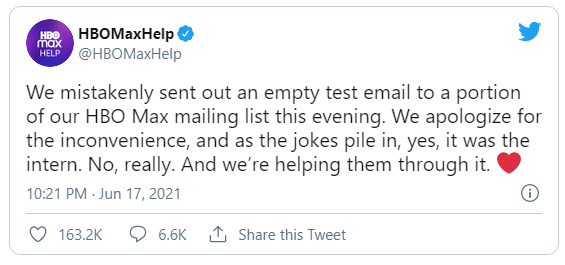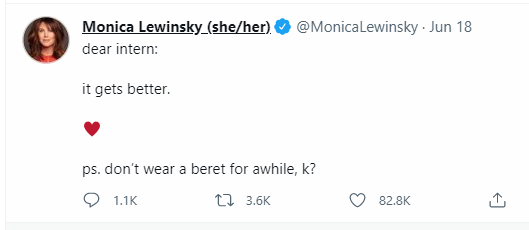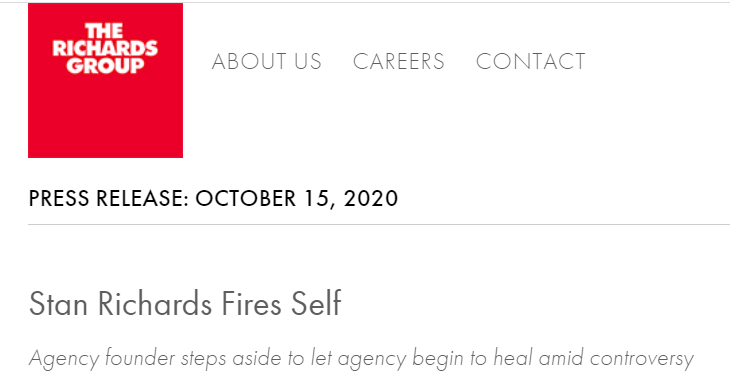Congressman's "Bizarre" Video
/Jeff Fortenberry, U.S. representative for Nebraska, was facing indictment for falsifying and concealing information and for lying to investigators about 2016 campaign contributions. In a video called “unusual” and “bizarre,” Fortenberry speaks to the camera from his truck with his wife and dog in the background. He says they are “out for a drive” in his 1963 Ford pick-up.
The video is an interesting attempt at authenticity to sway public opinion. Fortenberry wants us to believe that he is a trustworthy, everyday man—a victim rather than a criminal. He tells the story of FBI agents coming to his house “on a weekend” after a cyclone hit. With an incredulous tone, Fortenberry says, “We’re shocked. We’re stunned. I feel so personally betrayed.”
I wonder what counsel Fortenberry received or whether it was his own idea to create the video. Either way, based on the news reports and the indictment, which came later that day, Fortenberry’s message did not favorably affect the outcome for him. His arraignment is planned for later this week.

















